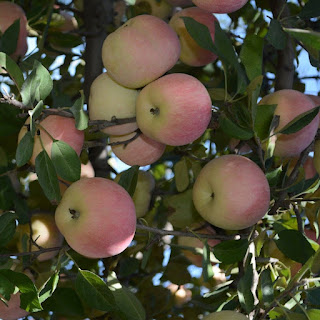Sweet Acacia
Sweet Acacia a Species of Thorn tree
Common Name
Needle bush
Popinac
Acassii
CAssii
Perfume acacia
Botanical Name
Vachallia fernisiana
Information
Sweet acacia (Vachellia farnesiana) is a perennial evergreen shrub that can grow to be 8 to 20 feet tall and 6 to 10 feet wide. It produces fragrant, showy yellow flowers and brown fruit. It is armed with thorns on its branches and trunk. This species is salt tolerant and prefers sandy soil with a good alkaline balance. Sweet acacia attracts pollinators, birds and other wildlife.
Symbolism
Secret love, Friendship, Beauty in retirement Rose or white: Elegance, Friendship Yellow: Secret love.
Characteristics
Plant Type
Tree
Lifespan
Perennial
Bloom Time
Spring, Early summer, Mid summer, Winter
Plant Height
15 to 30 feet
Spread
15 to 25 feet
Flower Size
1 inch
Habitat
Pinelands, hammocks, disturbed areas
Flower Color
YellowOrange
Leaf Color
Green
Fruit Color
BrownGreenBlack
Stem Color
Brown..
Conditions Requirement
Sunlight
Full sun, Partial sun
Hardiness
20 ℉
Hardiness Zones
9 to 11
Soil
Slightly acidic, Neutral, Slightly alkaline
Care Guide
Planting Time
Summer
Harvest Time
Summer, Fall
Propagation
Cutting, Sowing.
Scientific classification
Genus
Vachellia - Thorn trees, Acacias
Family
Fabaceae - Legume, Pea, Bean
Order
Fabales - Legumes, milkworts and allies, Peas, beans and relatives
Class
Magnoliopsida - Dicotyledons, Dicots, Eudicots
Phylum
Tracheophyta - Vascular plants, Seed plants, Ferns, Tracheophytes..
Plant Distribution
Native
Cultivated
Invasive
Potentially invasive
Exotic
No species reported
Classified as an aggressive colonizer plant, the sweet acacia is invasive in Australia, islands in the Pacific and the Caribbean, and in the United States. This plant creates thick, thorny hedges which make shade that can kill native species beneath and block out or cause injury to livestock trying to graze. Native to North America, it was widely introduced as an ornamental plant and was cultivated to create an addition to perfumes. Its growth shape causes further issues, as it grows in a vase shape that creates growing difficulties for local plants and takes over driveways and roads.
Uses
Garden Use
While sweet acacia is used as a specimen shrub in landscaping and some southern flower gardens, it is primarily found growing as a natural fence or wildlife barrier. The sharp thorned bush is also useful in bee and butterfly gardens; it produces fragrant flowers in the spring and summer that attract pollinators to the area.




Comments
Post a Comment